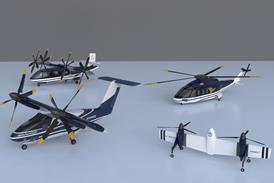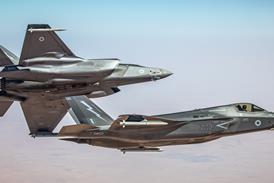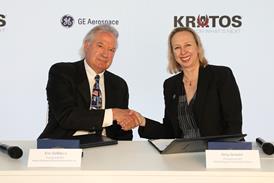Andrew Doyle/MUNICH
Lufthansa has launched an internal study into the possible use of a fleet of three-class Boeing 757-200ERs on medium-haul routes to Africa, the Middle East and CIS, currently served using twin-aisle Airbus A340s.
According to Lufthansa senior vice-president network management, Karl Ulrich Garnadt, the aim of the study is to see whether some cities in these regions could be serviced more profitably with direct flights using the smaller aircraft rather than with multiple-stop A340 services.
"There may be markets where a smaller aircraft might be suitable. We will know by the end of the year whether we will continue with the study," says Garnadt.
The routes involved are typically between 5-7h duration. Garnadt denies industry rumours that Lufthansa has studied the proposed 757-200ERX to enable it to establish a long-haul network from the German capital, Berlin.
The work could be boosted if next month's four-week trial of the stretched 757-300 on German domestic routes is successful, as an overall requirement of about 15 of the twinjets would have to be established to justify introducing a new aircraft type to the fleet.
Industry sources say that fragmentation of the German charter market has led Lufthansa subsidiary Condor to look at reducing the average passenger capacity of the aircraft in its fleet so that it could offer some of its 252-seat 757-300s to Lufthansa for its scheduled routes.
The 757-300 is being studied by the German flag-carrier as a possible Airbus A300-600 replacement. Garnadt says Lufthansa does not view the proposed Airbus A330-50 as a realistic replacement for its Airbus A300s on short-haul routes.
Meanwhile, Lufthansa is working towards a decision by year-end on whether it requires either of the new large aircraft offerings from Boeing and Airbus, which are proposing the 747X and A3XX respectively.
Garnadt says a positive outcome could lead to an order proposal being with the supervisory board early next year. The carrier is looking at passenger and freighter versions of both types.
Source: Flight International























